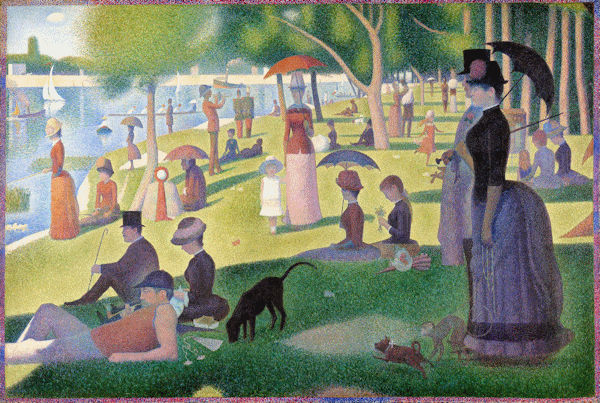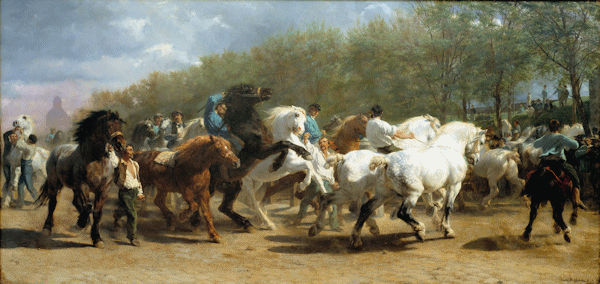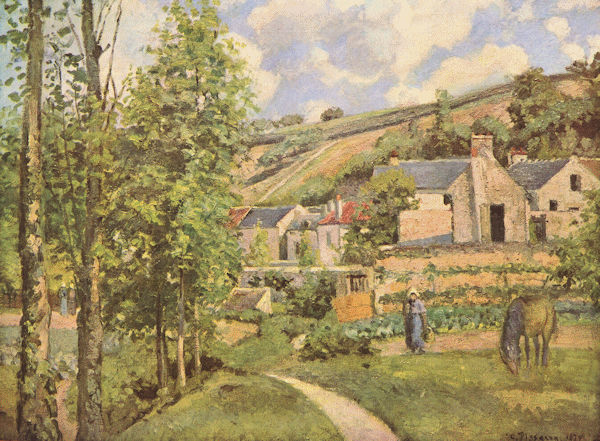- Date: 1884
- Title: A Sunday Afternoon on the Island of La Grande Jatte
- Holder: Art Institute of Chicago
- Artist: Georges Seurat
- Movement: Post-Impressionism
A Sunday Afternoon on the Island of La Grande Jatte painted from 1884 to 1886, is Georges Seurat's most famous work. It is a leading example of pointillist technique, executed on a large canvas.
Seurat painted A Sunday Afternoon between May 1884 and March 1885, and from October 1885 to May 1886, focusing meticulously on the landscape of the park. He reworked the original and completed numerous preliminary drawings and oil sketches. He sat in the park, creating numerous sketches of the various figures in order to perfect their form. He concentrated on issues of colour, light, and form.
The painting was first exhibited at the eighth (and last) Impressionist exhibition in May 1886, then in August 1886, dominating the second Salon of the Société des Artistes Indépendants, of which Seurat had been a founder in 1884. With La Grande Jatte, Seurat was immediately acknowledged as the leader of a new and rebellious form of Impressionism called Neo-Impressionism.
Some additional paintings may be seen on this site in the Seurat Gallery.
- Date: 1852-55
- Title: The Horse Fair
- Holder: Metrpolitan Museum of Art
- Artist: Rosa Bonheur
- Movement: Realism
The Horse Fair is an oil-on-canvas painting by French artist Rosa Bonheur, begun in 1852 and first exhibited at the Paris Salon in 1853. The artist added some finishing touches in 1855. The large work measures 96.25 in × 199.5 in (244.5 cm × 506.7 cm). It is the artist's most famous painting.
The painting depicts dealers selling horses at the horse market held on the Boulevard de l'Hôpital in Paris. The notorious hospital of Petie-Salpêtrière can be seen in the left background. She dedicated herself to the study of draft horses at the dusty, wild horse market in Paris twice a week between 1850 and 1851 where she made endless sketches, some simple line drawings and others in great detail.
Although some critics described this work as purely an exercise in academic mastery, it is clear too that the artist is an intense observer of both animal and human psychology. Bonheur writes, "The horse is, like man, the most beautiful and most miserable of creatures, only, in the case of man, it is vice or property that makes him ugly. He is responsible for his own decadence, while the horse is only a slave."
The prime version of the painting has been in the collection of the Metropolitan Museum of Art in New York since 1887, when it was donated by Cornelius Vanderbilt II.
- Date: 1874
- Title: A View of L'Hermitage, near Pontoise
- Holder: Reinhart Collection
- Artist: Camille Pissarro
- Movement: Impressionism




